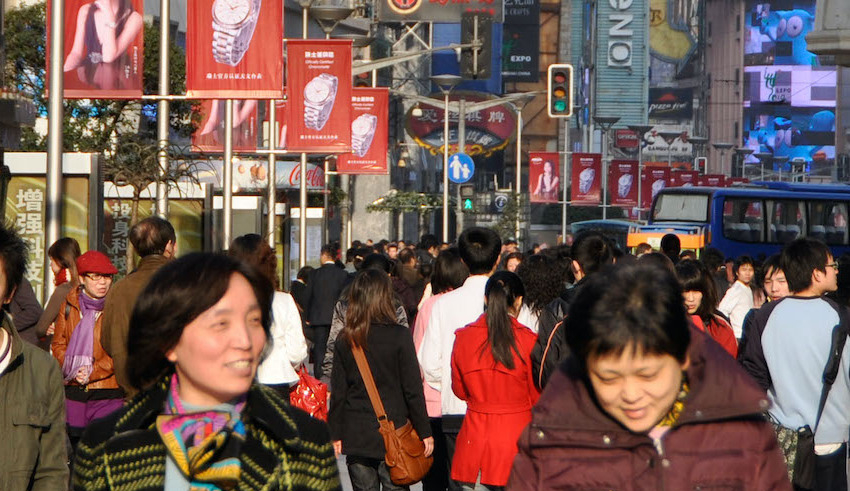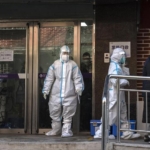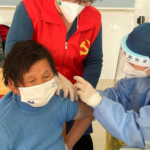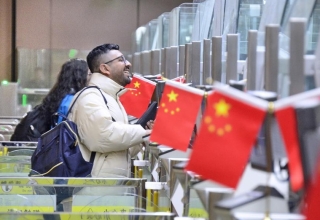
China’s two largest cities, Beijing and Shanghai, were inching closer to living with the COVID-19 virus on Monday, December 16. Millions have been infected with the virus around the country.
After years of draconian anti-coronavirus restrictions, President Xi Jinping abandoned the country’s zero-COVID policy in response to protests and an escalating outbreak.
After the first shock of the policy reversal and a few weeks during which people in Beijing and Shanghai stayed home, coping with the disease or attempting to avoid it, there are indications that life is returning to a more regular state.
On Monday, as locals travelled to work in Beijing and Shanghai, subway trains were crowded and key traffic arteries were clogged with sluggish cars.
During the weekend, the Bund, a business district in Shanghai, hosted its annual Christmas market. On Sunday, Christmas-themed guests lined up for rides at Shanghai Disneyland and Beijing’s Universal Studios during the winter holiday season.
According to the local newspaper The 21st Century Business Herald, the number of weekend visits to Guangzhou’s picturesque locations soared by 132% compared to the previous weekend.
China is the last large nation to address COVID as an endemic disease. Its containment measures slowed the economy to its lowest growth rate in over half a century, affecting global supply lines and commerce.
Keep Reading
As the COVID wave extends to manufacturing regions and workforces become unwell, the economy is anticipated to suffer further in the near future, before roaring back next year, say economists.
Saturday, Tesla halted production at its Shanghai facility, moving forward a plan to halt the majority of activity at the plant in the last week of December. The corporation provided no explanation.
China reported no COVID deaths on the mainland in the six days leading up to Sunday, the Chinese Center for Disease Control and Prevention stated on Sunday, despite a record increase in cases across the country.
China has limited its definition of COVID-related deaths to include only those involving COVID-caused pneumonia or respiratory failure, which has raised questions among international health experts.
According to official media, the country’s health care system has been under tremendous strain, with personnel being requested to work while unwell and retired medical workers in rural towns are rehired to assist.
The provincial government of Zhejiang, a large industrial province bordering Shanghai with a population of 65,4 million, announced on Sunday that it was fighting almost one million new COVID-19 infections per day, a number that is anticipated to quadruple in the coming days.
Infections in the southeastern province of Jiangxi are expected to peak in early January, with additional peaks possible as people travel for Lunar New Year festivities next month, official media reported.
They predicted that the wave of infections would endure for three months and that around 80% of the province’s 45 million citizens might become affected.
The eastern Shandong province city of Qingdao has calculated that up to 530,000 residents are infected daily.
Cities throughout China have rushed to establish intensive-care units and fever clinics, which are intended to limit the spread of contagious disease within hospitals.
According to state media, the number of fever clinics in Beijing has climbed from 94 to nearly 1,300, as reported by the municipal government. There are 2,600 of these clinics in Shanghai, and doctors from less pressured medical departments have been transferred to assist.
Even as hundreds of millions of rural migrant workers are set to return to their families for the Lunar New Year, concerns persist about the ability of China’s less affluent cities to cope with a surge in serious diseases.


























